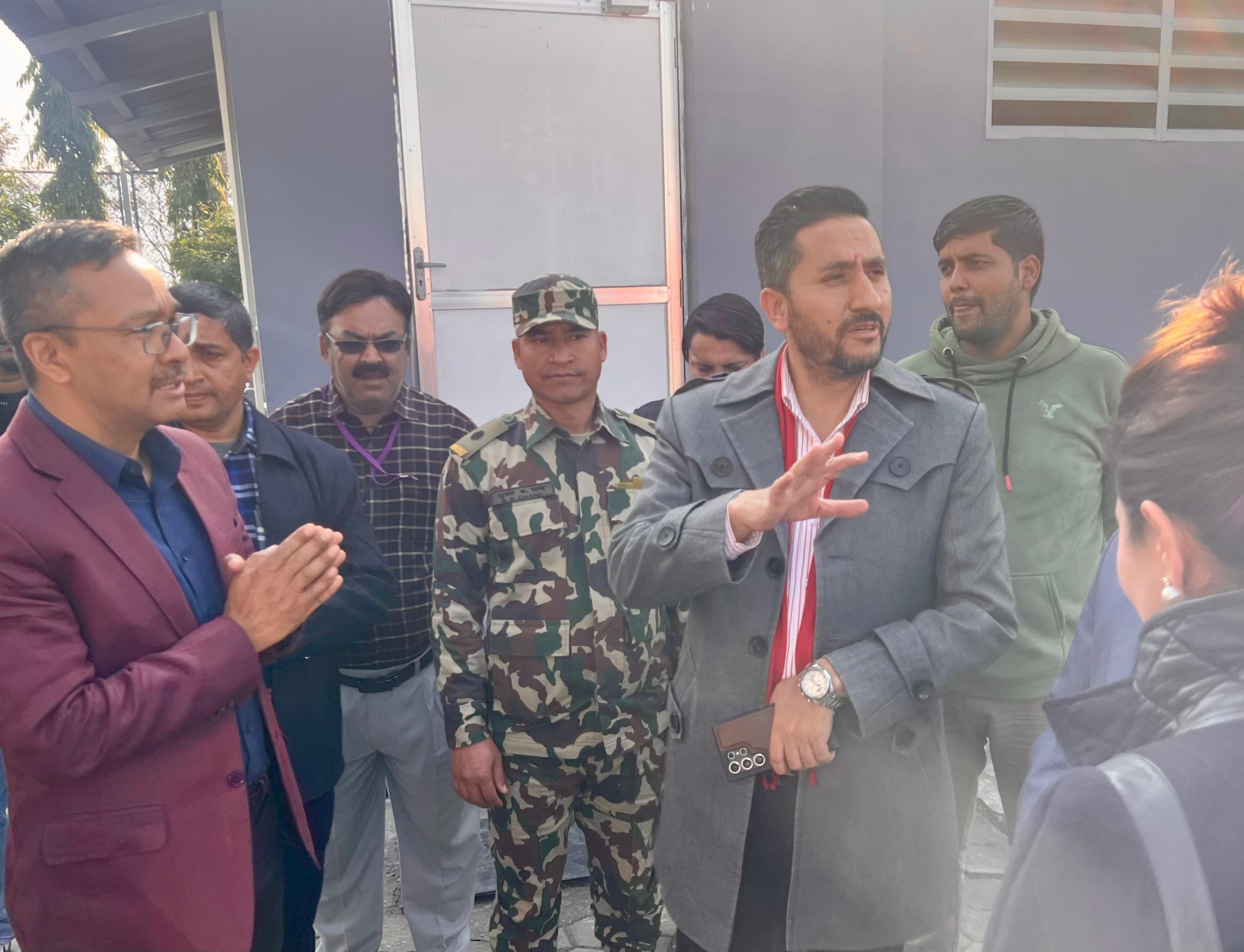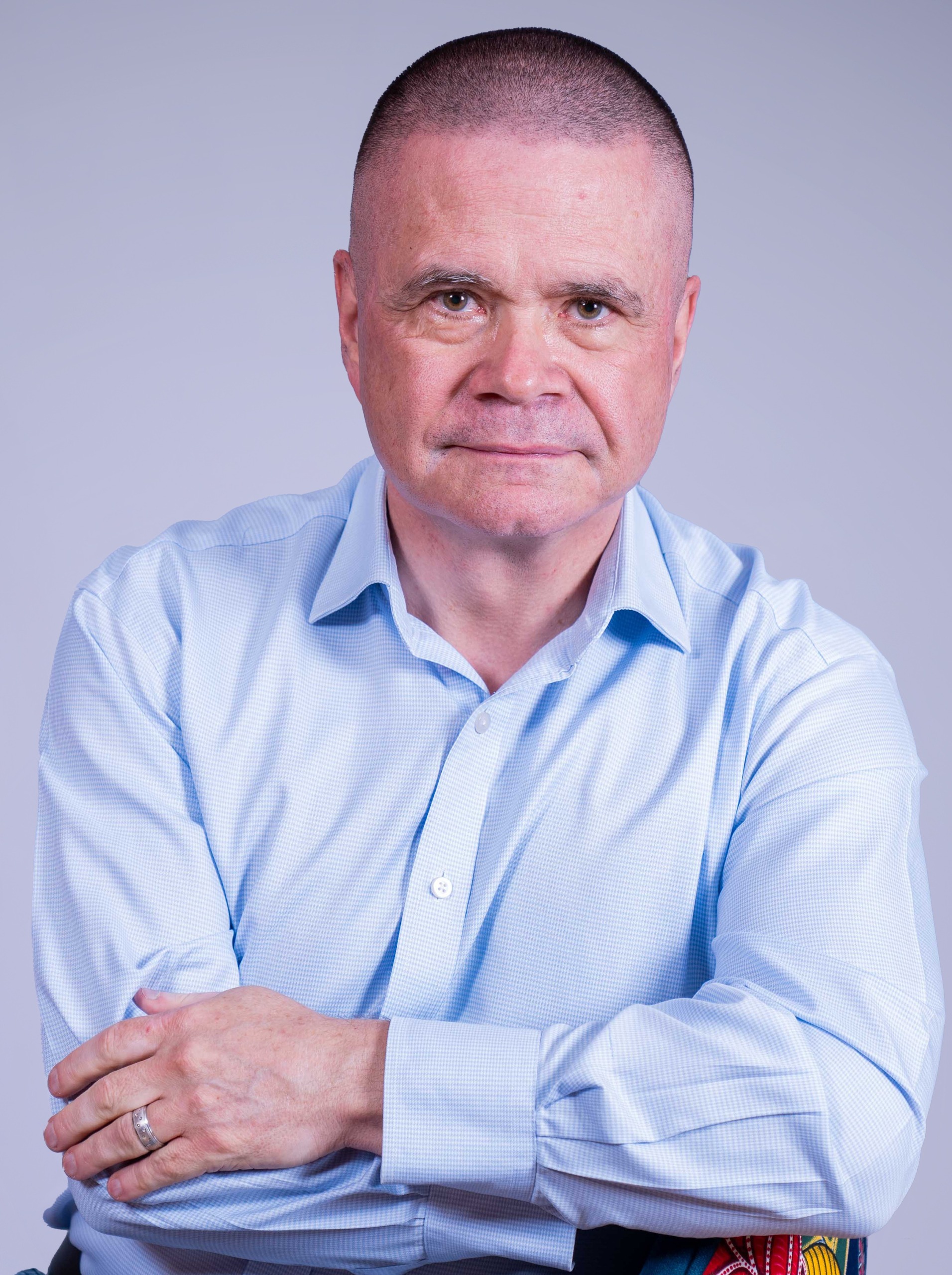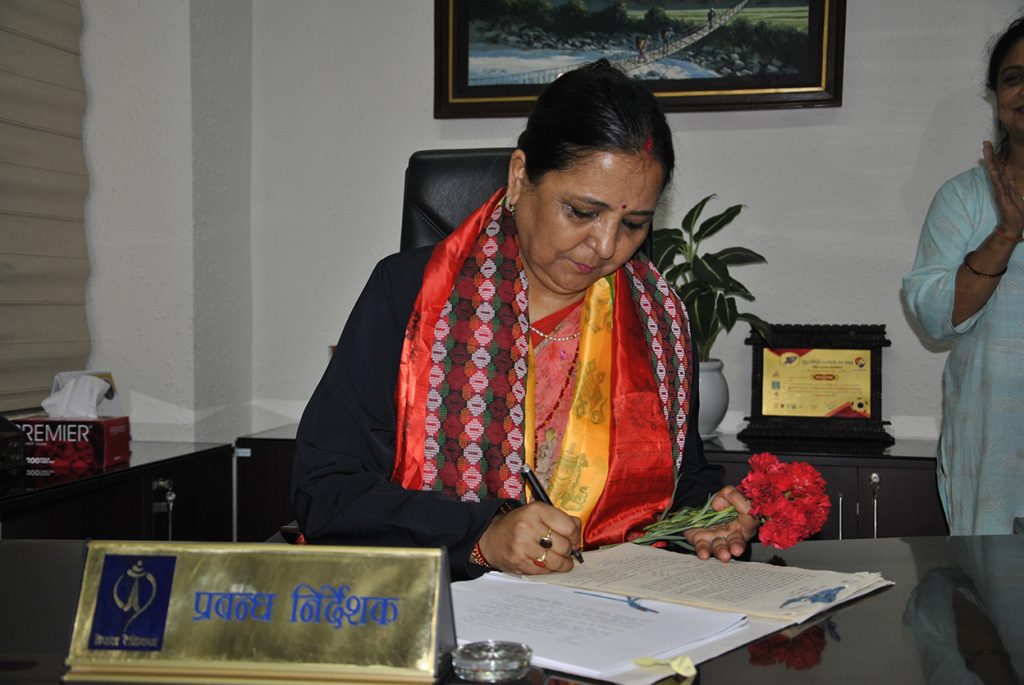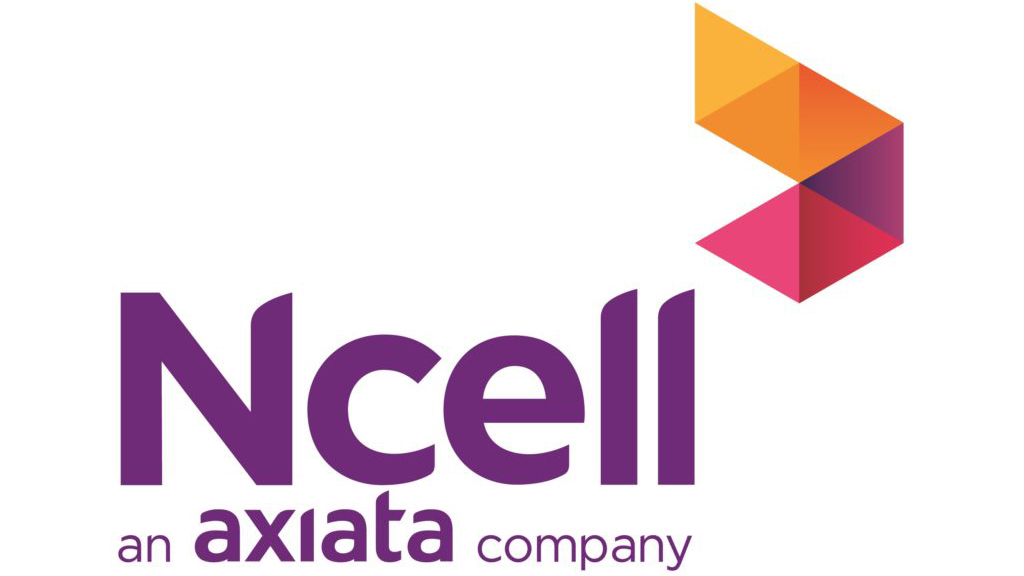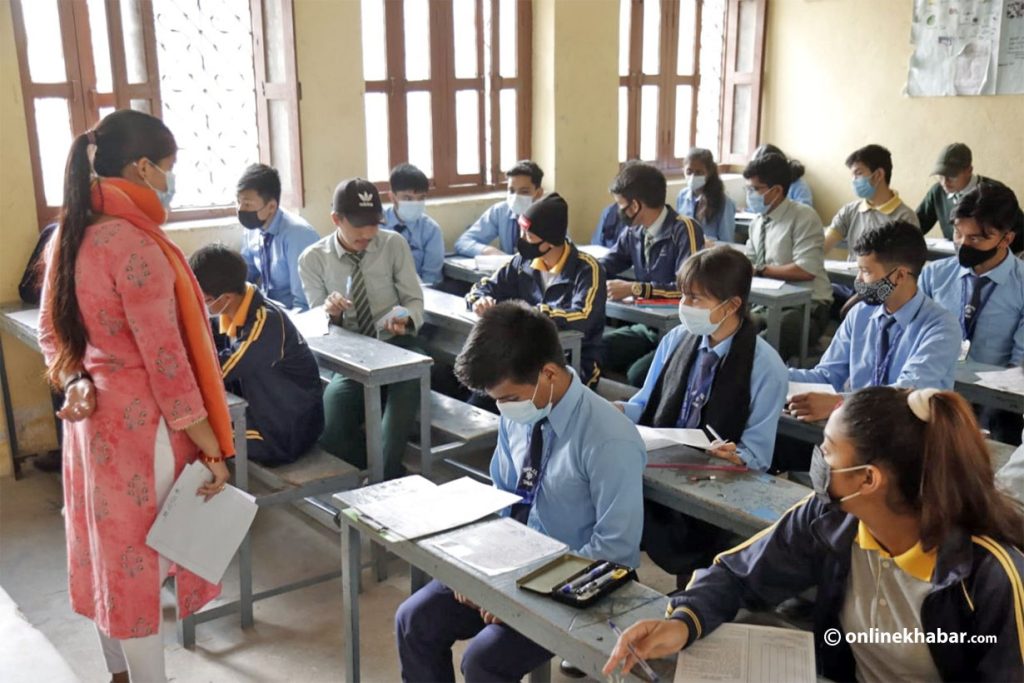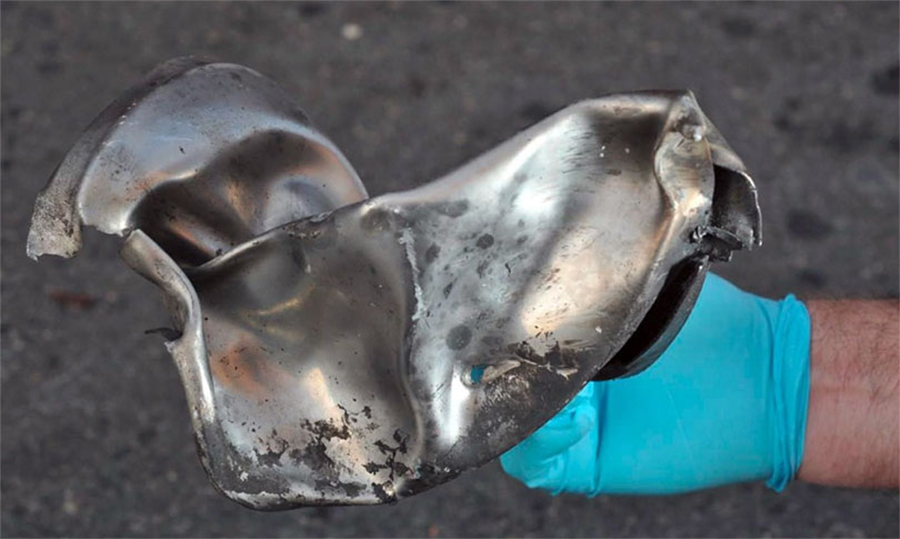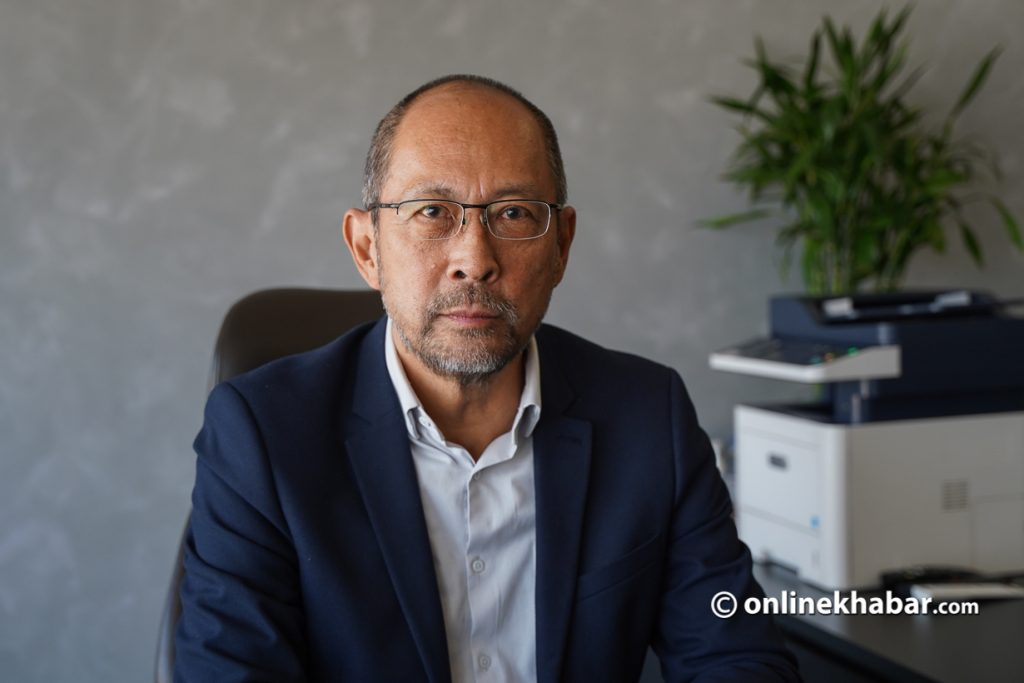
After two major telecom companies launched 4G in 2017, the cost of the mobile data service has dropped while speed has improved significantly, offering various opportunities to customers to take benefit from high-speed mobile broadband. Ncell, a private telecom company, has expanded the 4G service nationwide covering almost 90 per cent of the total population and is preparing for the trial of new mobile technology, 5G.
Ncell has played a crucial role in transforming the domestic telecommunications sector and contributing to ICT development in the country being a major enabler. Onlinekhabar caught up with its CEO Andy Chong, who is a seasoned telecommunications professional with over 30 years of experience in the field, to speak about the data service, its price, 4G coverage, 5G plan, and future plans of the company.
Excerpts:
Ncell has been honoured with Nepal’s Fastest Mobile Network Award by Ookla. How did you and your team ensure to be the best?
We have a philosophy as a mobile operator to value customer experience and we are very disciplined about it. Businesses can also have their value discipline in lowest cost or product innovation, but at Ncell, we chose customer intimacy as a value discipline. That commitment drives a lot of how we think about our investments, our network and how we conduct ourselves. So, the quality of service and network is of primary importance, which is a significant determinant of customer experience. And obviously, we invest a lot in making sure the Ncell network is going to deliver the services at the quality our consumers expect.
Ookla is a global organisation that tracks network intelligence and delivers connectivity insights. So they have a global framework to monitor and test network quality across all operators, on a crowd-sourced basis. We’re delighted that they have picked Ncell as the fastest mobile network in this country.
Obviously, that’s a function of a lot of what we do. It’s a function of the right investments that we make, we focus on making sure that our 4G network has a quality of service, serving its population. We know consumers don’t need a hundred Mbps throughput, but what they do need is when they look at a video, say YouTube content on a network, there shall be no buffering when enjoying 1080p quality.
So, what is Ncell doing to maintain this recognition for the future?
We allocate a significant budget for infrastructure investments. So, like all businesses, there are business-as-usual (BAU) investments that you need. There is also an increment beyond BAU businesses that we require to deliver against our value discipline. We know networks require maintenance just as you would for a motor vehicle, where you need to change tyres and service the engines for better performance. For us, we invest about USD 70-80 million a year to ensure our network delivers a quality of service of the right standard that we expect … minimally to deliver the customer experience that we pride ourselves on.
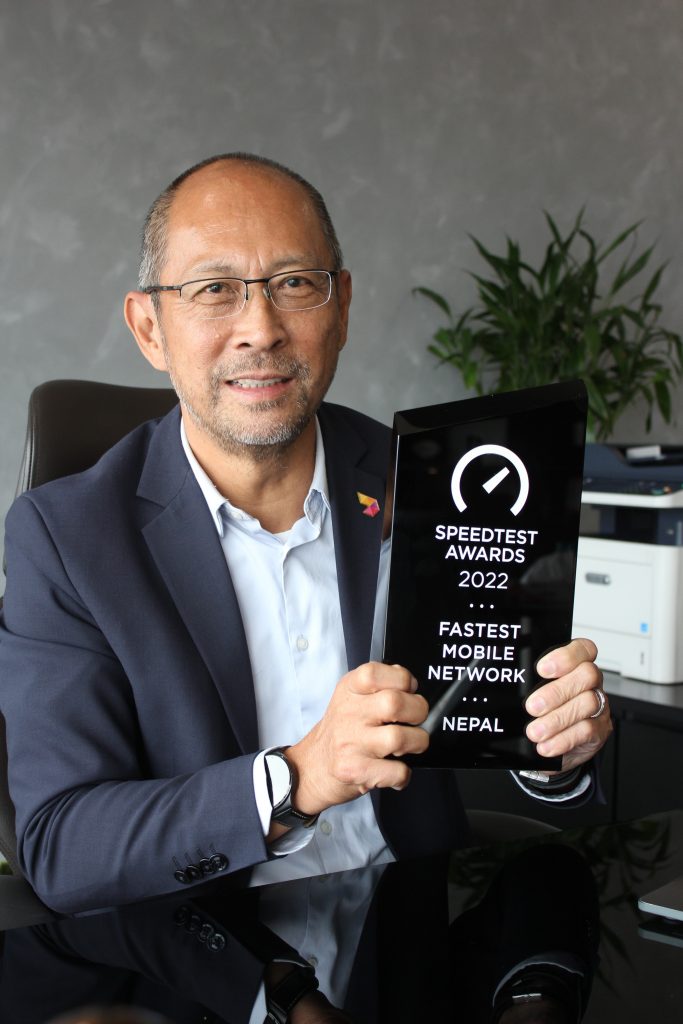
How is Ncell’s 4G coverage? Do you have plans to expand the network in other parts of Nepal too?
As an operator, expansion via coverage and depth is always Ncell’s focus area. If you look at our 4G network today, it is accessible to about 88 per cent of the population. By the first quarter of 2023, we expect that to be about 95 per cent and that’s probably where it’s going to stay for quite a while because as you can imagine the terrain for Nepal, from the Terai to the hills, the latter will be physically very difficult. You can do it but there’s no financial feasibility to doing it. So, in this market, we will stay somewhere between 93 to 95 per cent of population coverage.
What are the major issues Ncell faces regarding the expansion in hilly regions?
There are significant challenges, mostly physical. When we build a site in the Terai compared to the one in the hills, the logistics of transporting equipment to these two locations are very different. For the hills, most of our equipment, mainly raw materials like steel and batteries, is literally carried by people! So that takes a lot of time, effort, and people to build one site. That’s why I said it is physically challenging and not practical.
Then, there’s also the financial viability of it. All investments that we do, (at least) most of them, should generate a return on its investment. But, for many sites that we do, say the ones that we have in (Everest) base camp and in some of the trekking sites, they are unlikely to generate a return on a standalone basis because you don’t get enough usage in each one of these sites. But as a whole, you need to have that coverage as that is what many consumer needs. But, the challenge is constructing it at such terrain and typically translates to three-to-four times more costly than you would build one in Terai.
Data consumption trends show customers are using more and more data. How is it reflected in the revenue of the telecom companies such as Ncell?
That’s a paradox for us. For us, 4G service is great as our intent is to drive the adoption of digital and data, and in that process, obviously, consumers over time elevate their dependency and consumption of data. So if you look at voice traffic over the past year, voice OTT traffic, that means making a WhatsApp call etc has increased from less than 10 per cent just 12 months ago, to over 35 per cent today. This is strictly OTT traffic. What that means is there is a natural displacement for voice traffic.
From a data perspective, yes, data consumption has increased. If you compare it to two years ago, it was about 2GB, which is now at around 4 GB per user per month. And we expect that to keep going up, which is consistent with our aspiration to drive higher data consumption. Nonetheless, in this market, voice still has a reasonable volume whereas, for the most developed markets, traditional voice traffic has literally disappeared.
That is why most developed markets don’t sell voice plans. In these markets, operators sell data plans only and voice is almost free. They would offer up to unlimited minutes as part of a bundle as you commit to a data plan. In this market, there’s still a balance although the trend is shifting. I believe in a couple of years, OTT traffic will dominate over voice traffic.
So, Ncell’s plan is to follow that model and push people to buy the bundle, right?
It’s a balance. When Ncell first rolled out 4G, we were also cognizant that if you roll out 4G quickly, you are encouraging users to adopt and use data, and over time, will displace voice traffic with OTT traffic. We understand data is the future and that is why most of our campaigns are focused on data. If you look at our business as a whole, the cost economics of our business is driven by data. Less than 5 per cent of our investment that we make is to support voice, which means 95 per cent investment we make is to support data growth. However, data consumption needs to increase a lot faster at the right price curve, recognising that voice will not be there probably in the next 2-3 years in this market.

It seems the data segment is doing quite well in Nepal then.
Consumption is great. But, the retail price of data is very low in this market compared to other markets. You may not know that the yield we are getting on our data does not quite cover the associated costs to serve that same. Our focus is to shift that balance soonest where the yield from 1GB of consumption would be greater than the cost to serve the same. Hence whilst on the one hand we are driving data, we need to continue to focus on driving our data costs down.
What about 5G? Any plans at Ncell to launch that in the near future?
In my opinion, 5G is an enterprise proposition. Firstly, we are still waiting for a trial licence to be issued to Ncell. Once we receive that, we would certainly be able to set up a trial to understand how it plays out in this market. But, the initial offerings or use cases for 5G are, in my opinion, enterprise-related. Many have asked whether you can charge more for 5G. The answer is probably not for consumers. So, you know the best bet for a use case to have a return on 5G would be around what they call enhanced mobile broadband. So, 5G allows us to serve the enterprise through wireless means instead of wired, which translates to higher efficiency.
So, while the first use case is enterprise and then on the back of that, as consumer applications or machine-to-machine applications become more prevalent, that is probably the next set of use cases.
Do you think 5G is going to make a huge difference in the market?
It will improve the experience for a consumer for sure, but you don’t need the entire capacity of 5G to have a great YouTube on a small screen. Will it drive business? I think that’s a function of each market. Right now, the largest 5G markets are China and Korea, and there is literally no use case for all the other markets. It is not proven yet, and the jury is still out for most markets for a consumer-driven 5G where the economics is still vague.
There’s an argument to be made that Nepal isn’t quite ready for 5G given people don’t have access to 4G.
You’re right. We still have plenty of 4G capacity in this country. So, all the operators are still focusing on maximising the utilisation and monetising their 4G networks. Our 4G networks are only within 40 to 60 per cent utilised. The new 5G will give you speed that you don’t even know what to do with it … what it is you can do today that you can’t do with 5G from a consumer perspective. But, trialling 5G is certainly something that we can do today, and as the global 5G markets mature, hopefully, some learnings can come from these markets for what 5G could be.
What about the current speed of 4G? Is Ncell working to make it faster?
Yes, we are. But, as a telecom operator, our most important resource is the spectrum. We need a lot more spectrum if we are to drive an even much higher experience. Right now, the spectrum that we have can drive certain speeds for all users at a certain time. But to do much higher speeds as the network fills up with usage and consumption, you will need to expand via more spectrum. There’s no other financially viable way to do it.
As data is now everything for going digital as envisioned in the Digital Nepal Framework, what should be the focus of the government? How can it help companies like Ncell?
The government has a significant role to play. We understand there are policies in place, whether from a regulatory perspective or frameworks in terms of how companies like us invest and expect a return. I believe regulators need to play an important role in terms of thinking about the industry from a two-sided perspective. Yes, you regulate the service to make sure that consumers are not charged too much for the services and that the services are of the right quality for consumers. All those needs to be in place. But the other side of the equation is for companies like us and operators to survive and do well, there needs to be sufficient support on multiple fronts as well.
That refers to a transparent framework, a level playing field, and the right amount of spectrum given telecom development in this market will be a significant driver to deliver the digital Nepal aspirations, which calls for a high demand for bandwidth per user. You can only deliver that through more spectrum or densification of networks. And densification on networks is not always an economically viable option. So that’s the balancing act.
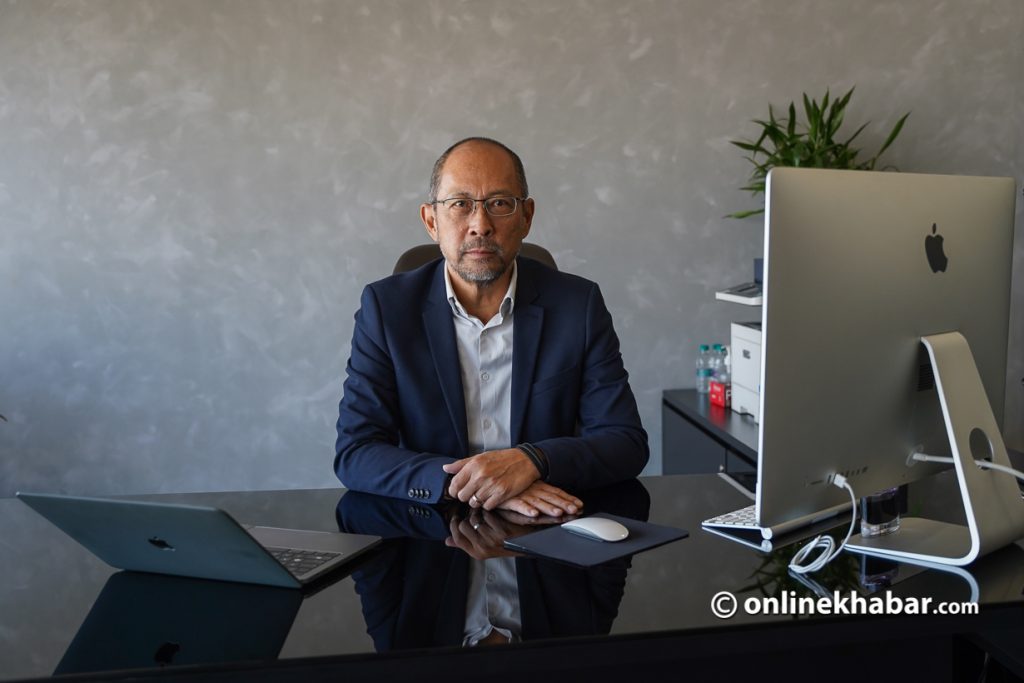
As one of the highest taxpayers in the country, Ncell is also been doing many CSR activities. Can you highlight some that you’ve done over the past few years?
We’re very focused on three of the eight pillars of CSR set by the government, which are aligned with the Sustainable Development Goals (SDGs) of the United Nations. So, we focus on education, the environment, and health. It’s not that we don’t consider the other pillars, but these are the three main pillars that we are very focused on.
So, there are some CSR initiatives which are more obvious. I hope you have seen them. Like the greening of the 10.2km of the ring road in Kathmandu, which took us two years to do it. Now we’re maintaining it as it is part of our green earth aspiration, which we do at the Axiata Group level. We also set up modern IT digital labs in collaboration with Nepal Telecommunications Authority. We identified 60 schools in remote areas and set up digital labs there. This was important because the school kids there have not seen a computer and we’re very proud of what we were able to do for these schools. This also took us around two years to complete and it has now done its part of contributing to reducing the digital divide.
Then, we did all the Covid programme support over the last two years. We rebuilt Lainchaur ground in front of our corporate office, which features a mini football ground and basketball court among others, which is now more than ever, actively used by the young boys and girls of the community.
Ncell also has a telemedicine programme. A lot of people in remote areas have no access to doctors or a clinic. So, we had and still have a programme running in collaboration with Dhulikhel Hospital to provide quality healthcare services through the use of technology. There are four outreach centres under the hospital providing service and we’ll continue to expand this as we progress along.
These are some of the key CSR projects we do and there are also more we do with UNDP, UNICEF, and others.
What’s Ncell’s contribution to the national economy?
As a telecom operator, Ncell has a significant role to play in the economy. We have been one of the largest taxpayers for many years, and since inception, we have contributed around Rs 263 billion in taxes and fees to the government and spent around Rs 1.65 billion through our CSR activities.
On top of that, we have also generated direct and indirect employment for around 100,000 Nepalis. For example, we have 60,000 to 70,000 point of sale (POS) channels, various outsourced partners, and 500-plus direct employees. So, we consider our contribution based on all these parameters.
What can consumers expect from Ncell in the future then?
Ncell prides itself on being a responsible corporate citizen. And, in terms of the services that we deliver, we definitely pride ourselves on the quality of service. We focus on customer experience majorly and I hope if you are an Ncell user, you would have experienced the same whether it’s talking to our customer service centres, making a call to our call centre or simply using our voice and data services. We aspire to deliver the best for our customers.






